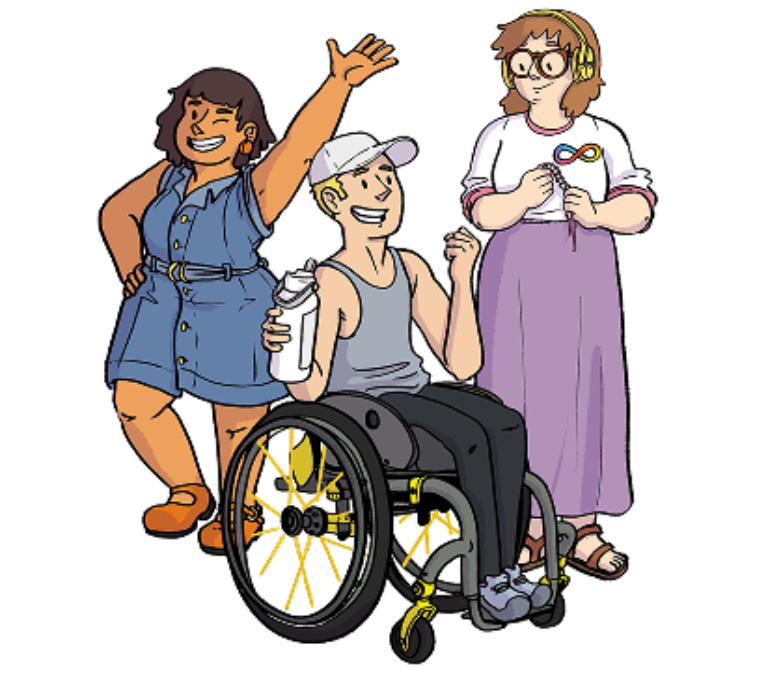Making your communication accessible and youth-friendly

Effective communication is essential for building trust and ensuring that disabled young people feel heard, respected, and empowered.
This page offers practical strategies to help NDIS service providers and workers communicate in ways that are clear, inclusive, and empowering for disabled young people.
By embracing accessible and youth-friendly communication practices, you can create an environment where disabled young people are more confident to express their needs, raise concerns, and actively participate in decisions about their support.
Accessible communication for disabled young people
Here are a few tips for communicating in an accessible and youth friendly way.
Avoid jargon, technical terms, or complex language. Make sure all written and spoken communication is clear and easy to follow.
For example, if you’re asking a disabled young person to complete a task (such as to fill in a form), make sure you give them a deadline the task needs to be completed by. Giving a deadline can remove any uncertainty or anxiety about timeframes.
Learn more about plain language at our Accessible communication page.
Offer information in various formats—audio, visual, written, and digital—so that young people can choose the method that works best for them.
For example, provide Easy Read documents, videos with captions, and accessible PDFs. Find out more about Easy Read.
Show that you’re listening by engaging with their feedback. Avoid interrupting, and make sure you understand their needs before responding.
Create a supportive environment where young people feel comfortable sharing without fear of judgment. Use open body language, smile, and encourage questions.
It’s useful to provide regular reminders to disabled young people that they can provide feedback when they want, in whatever way they want.
Self-advocacy is a skill that needs to be developed. By giving disabled young people opportunities to speak up, you’re helping build confidence, and signalling that your organisation is a safe place to raise concerns.
Ask the disabled young person before you make a decision about their supports or services. For example, if you’re deciding how long support shifts might be or how frequent, the young person should be able to tell you what they want and need.